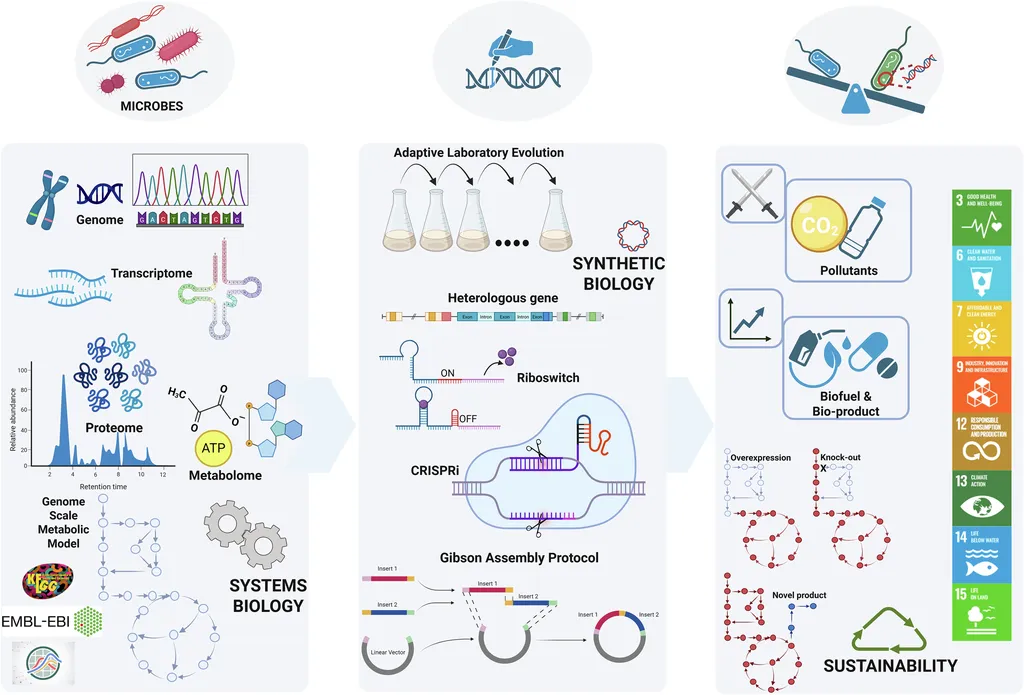In the ever-evolving world of agricultural biotechnology, a groundbreaking study has emerged from the labs of Inner Mongolia Agricultural University, shedding light on the metabolic adaptability of a unique bacterial strain. The research, led by YANG Shuwei and colleagues from the Key Laboratory of Dairy Biotechnology and Engineering, explores the metabolic changes in Lacticaseibacillus paracasei Zhang ΔpglX, a DNA methyltransferase mutant, during continuous passage culture. Published in the journal *Shipin Kexue* (which translates to *Food Science*), this study could have significant implications for the agricultural and biotechnology sectors.
The study aimed to investigate how the metabolic profile of Lacticaseibacillus paracasei Zhang ΔpglX changes over successive passages and to understand the underlying mechanisms of metabolic regulation. Using advanced techniques such as ultra-high performance liquid chromatography-mass spectrometry (UPLC-MS) combined with principal component analysis (PCA) and orthogonal partial least squares-discriminant analysis (OPLS-DA), the researchers characterized the metabolites at different passages. They also identified significantly differential metabolites and the key metabolic pathways involving them through Kyoto Encyclopedia of Genes and Genomes (KEGG) database annotation.
One of the most intriguing findings was that while the phenotype of L. paracasei Zhang ΔpglX exhibited stable inheritance during successive passages, its metabolic profile changed significantly. “The differential metabolites were mainly enriched in organic heterocyclic compounds, nucleosides, nucleotides and their analogs, lipids and lipid-like molecules,” explained lead author YANG Shuwei. “The nucleotide metabolic pathway was the most dominant enriched pathway, which agreed with the results of differential metabolite enrichment analysis.”
This research suggests that L. paracasei Zhang ΔpglX can adapt to environmental changes by adjusting its metabolic pathways. This adaptability could have profound implications for the agricultural sector, particularly in the development of more resilient and efficient microbial strains for various applications. For instance, in the energy sector, understanding how microorganisms adapt metabolically could lead to the development of more efficient biofuels and bioproducts.
The study also highlights the importance of metabolomics in understanding the adaptive evolution of microorganisms. By providing a comprehensive view of the metabolic changes that occur during continuous passage culture, this research paves the way for future studies aimed at optimizing microbial strains for specific industrial applications.
As the world continues to seek sustainable and efficient solutions for energy production, the insights gained from this study could be instrumental in shaping the future of the agricultural and biotechnology sectors. The research not only advances our understanding of metabolic regulation in microorganisms but also opens up new avenues for the development of innovative biotechnological applications.
In the words of YANG Shuwei, “This study provides new insights into metabolic pathway changes in Lactobacillus during adaptive evolution, which could have significant implications for the agricultural and biotechnology industries.” As we continue to explore the intricate world of microbial metabolism, the possibilities for innovation and discovery are endless.

